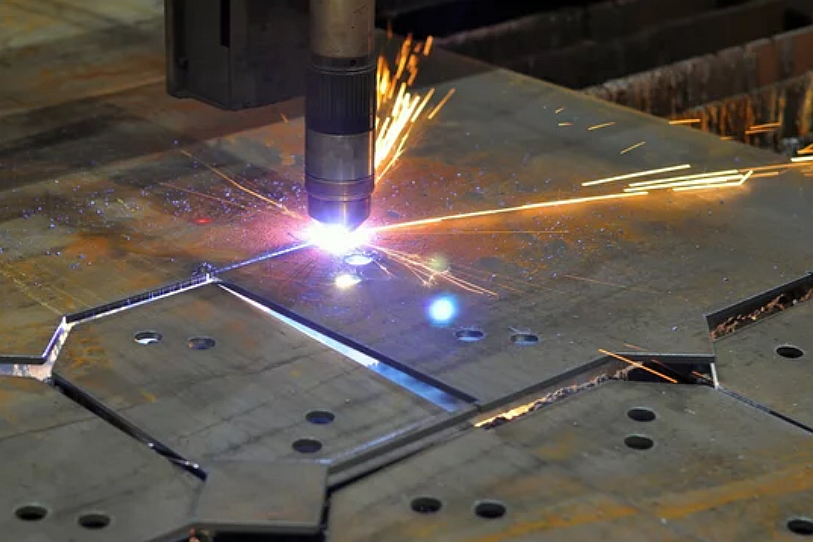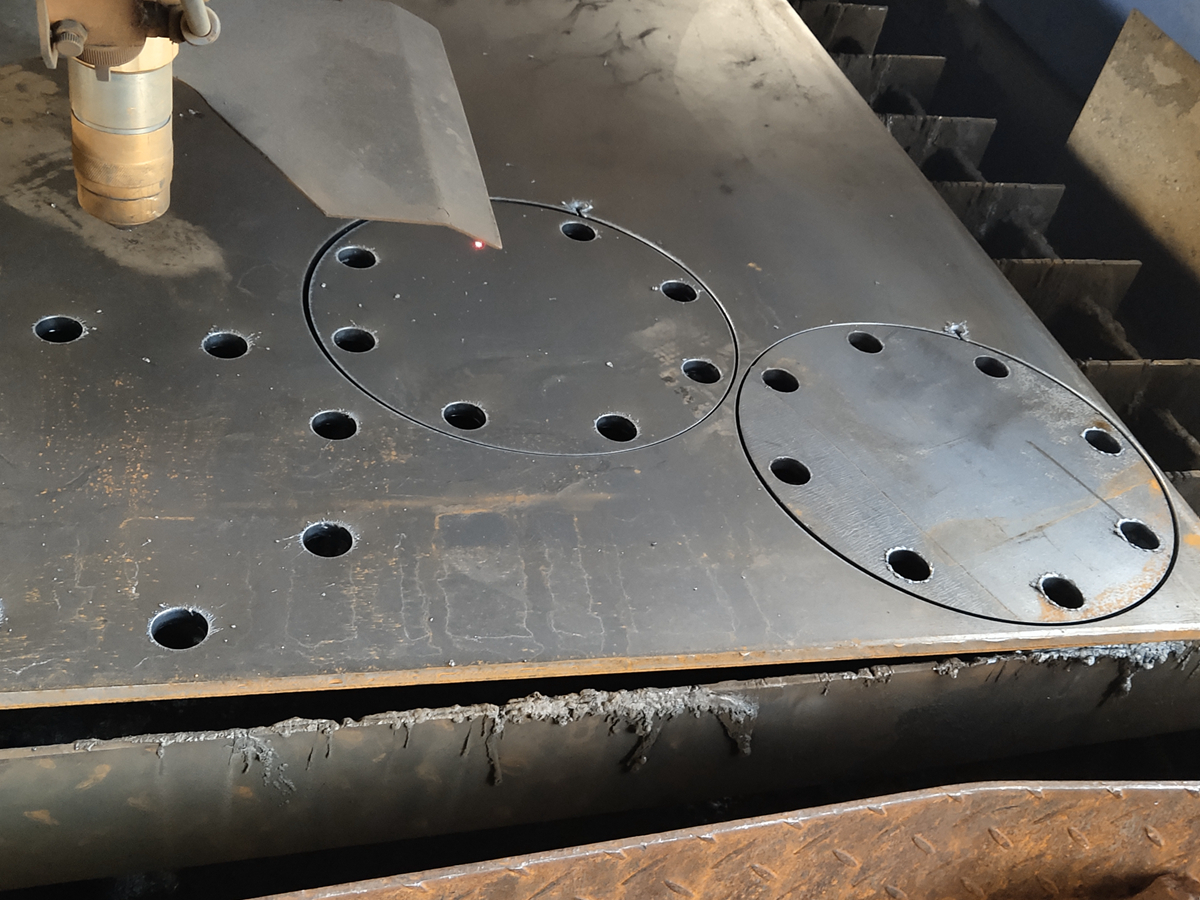What are the key advantages of plasma cutting in industrial applications?
Introduction
Plasma cutting is a cornerstone of modern metal fabrication, delivering high-speed, precise, and cost-effective cutting for conductive materials. Its adaptability makes it a preferred technology in aerospace, automotive, and energy industries, where consistent quality and throughput are essential. Recent innovations in control systems, gas optimization, and digital integration have further enhanced its value in industrial production.
High Precision and Cutting Speed
The main advantage of plasma cutting lies in its ability to produce clean, narrow kerfs with minimal heat distortion. Advanced CNC-controlled systems—similar to those used in CNC machining prototyping—enable precise motion control, ensuring accurate cuts even on complex geometries. Compared to traditional mechanical cutting, plasma achieves up to five times higher cutting speeds, particularly for applications involving carbon steel and stainless steel.
Material Versatility
Plasma cutting can process a wide range of conductive metals, from lightweight cast aluminum and zinc alloy to high-temperature nickel-based alloys and tool steel. The technology’s adaptability allows manufacturers to switch between thin sheet materials and thick plate cutting with minimal setup changes, supporting multi-material workflows in sheet metal fabrication.
Cost Efficiency and Reduced Waste
By integrating CAD/CAM nesting systems, plasma cutting minimizes material waste through optimized layout planning. Automation reduces human error, shortens cycle time, and lowers rework costs. When used in conjunction with metal bending or sheet metal stamping, it supports a seamless production line that enhances yield and consistency across large-scale production runs.
Superior Surface Quality and Finishing Compatibility
Modern plasma technology produces clean edges with minimal burrs, reducing the need for secondary machining. Finishing processes, such as polishing and powder coating, further enhance the appearance and corrosion resistance. This integration enables fabricated parts to transition directly from cutting to finishing, saving time and ensuring uniform quality.
Industrial Applications
In aerospace manufacturing, plasma cutting enables efficient processing of structural components made from titanium and nickel alloys. The automotive sector utilizes it for high-volume chassis, frame, and exhaust systems, while energy companies rely on plasma cutting for thick-section turbine housings and power infrastructure parts that require dimensional accuracy.
Integration with Advanced Manufacturing
Plasma cutting is now fully compatible with robotic automation and real-time process monitoring. Combined with digital prototyping and quality inspection systems, it contributes to lean manufacturing, traceability, and just-in-time production. This makes it a key component in Industry 4.0 smart factories.



